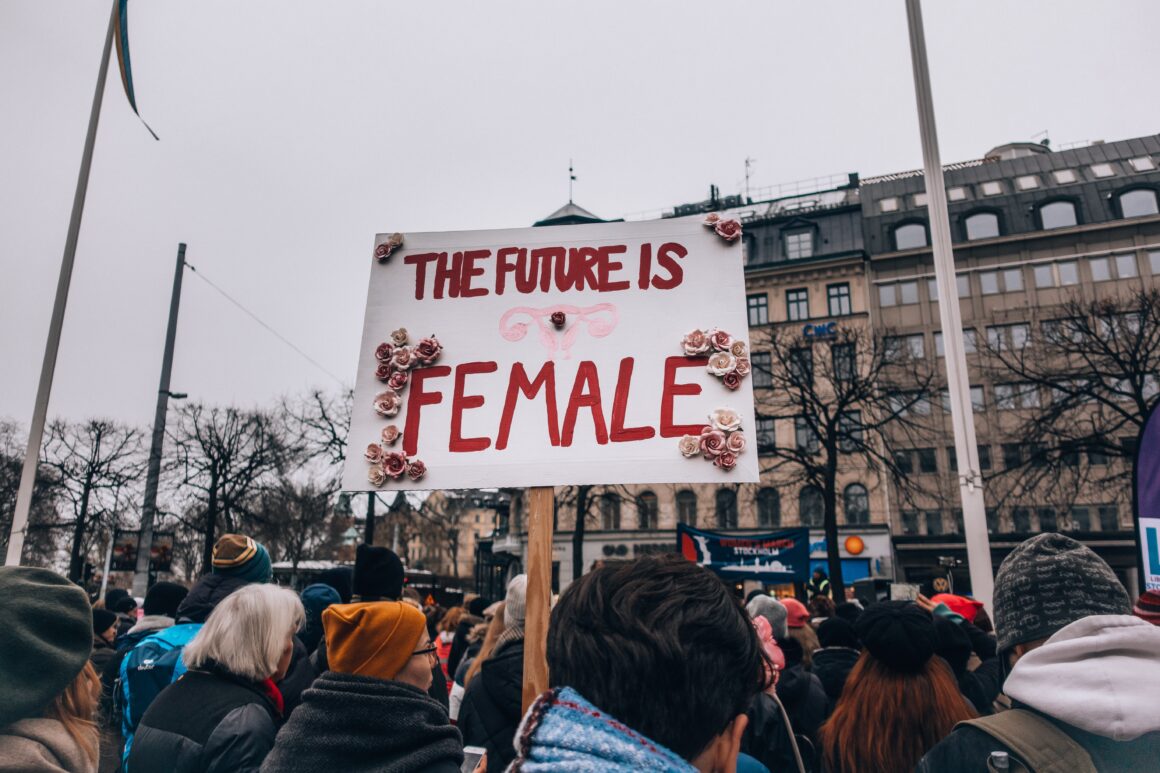Within the past few months, humanity has been in a constant battle with a global pandemic. Experts have and are still working to provide statistics and facts about the coronavirus and how we should react, both on small scales and larger ones. While practicing new habits and adapting to what would eventually become a new normal, we as citizens around the world have also been paying close attention to our nations’ leaders and the measures they have, should have, or did not take in order to combat this virus.
Leadership.
Listen to Silveria Jacobs, PM of Sint Maarten in the Caribbean:
"Stop moving! If you dont like type of bread you have in your house, eat crackers. Eat cereal. Eat oats. Eat sardines. Prepare your disaster kit as if you were for a hurricane."pic.twitter.com/RCDNITJOxc
— Jenan Moussa (@jenanmoussa) April 10, 2020
In doing so, recent conversations have sparked around the actions taken by female world leaders. The Washington Post highlighted positive effects that have resulted due to effective communication and policies adopted by these women. From Iceland’s Prime Minister Katrín Jakobsdóttir’s collaboration with a biotechnology company to Sint Maarten’s Prime Minister Silveria Jacobs’ direct communication, to Taiwanese President Tsai Ing-wen’s effective implementation of early measures, these leaders show admirable courage and intelligence in the face of adversity.
This issue has also become popular on social media, flooding with responses of adoration and praise. However, some have pointed out that not all female leaders are equally admirable. Generalization is not always a consistent tool for evaluation, which is why we should be aware when we do it. Therefore, in this case, we should not generalize all female leaders to be the same.
It is still enlightening, however, to see these prime ministers and presidents — who just happen to be women — take action and produce more than positive results. Which brings us to the question, why aren’t there more female leaders? How do women lead differently to men?
Melissa Villareal from the University of Colorado Boulder conducted research on male and female responses during natural disasters. She wrote that in disaster situations, women are found to have a higher risk perception and a different desire for protective action than men in their lives. However, men are more often tasked with making decisions on what actions their families should take. On top of that, women are perceived as “worriers,” and therefore are sometimes not taken seriously.
These are the workings of the perceptions and biases we have in our minds. “Women are *blank* while men are *blank*.” Try and fill those blanks yourself– you may (or may not) be surprised by the fact that an idea of some sort of gender difference has already taken place in your cognition. Now this means you might be aware you have them, but you also may not.
Remember John Mulaney’s subway voice bit in his Saturday Night Live monologue? To illustrate: he recalled his experience in the New York City subway, and how they use a woman’s voice to announce the next stop but a man’s voice to give safety warnings. He continued by saying how his friend who works in the city said that “it’s proven that people will take information from a female voice, but they will only take a warning from a male voice.” As funny as Mulaney’s general anecdote was, it strikes an unfortunate familiarity with Villareal’s research. Surely, we don’t consciously make the decision that we would much rather hear warnings from men. It’s all about the biases.

Psychologist and professor Jean Lau Chin wrote in her research that social perceptions and expectations might even influence how women lead. In other words, others’ perception of gender can influence women to adopt leadership styles that are more relationship-based, and men to adopt ones that are task-oriented and assertive. And because typical concepts of leaders and leadership tend to favor male and masculine characteristics, men might be misjudged as more effective in leading than women, which might not always be true.
These perceptions influence our behavior (i.e., how we lead) and the perceptual outcome of those behaviors (i.e., men lead more effectively). And in turn, if these outcomes stick around long enough, they may take form as a new mindset, readily accessed in a person’s mind. This shows that if we’re thinking passively, the effects of biases might quickly turn into a dangerous cycle that might harm us or others.
However, an interesting view stems from the multiple research conducted by the Harvard Business Review (HBR). In their latest update, it’s been proven in most workplaces that unconscious biases do not play a significant role in promotion decisions. In fact, women’s performances are judged better in nearly every workplace competency (roughly 84%) than the men’s are. They excel in taking initiative, acting with resilience, and displaying high integrity, among other things.
You might be wondering, if women are perceived highly in the workplace, why is there still a shortage of women leaders? The fundamental answer is the constant drought of opportunities. In 2012, as a part of their research, HBR asked a number of women why their colleagues of the same gender are rated highly by others (especially in terms of initiative and self-development). Their answers? They felt “the need to work harder than men to prove themselves,” and “constant pressure to never make a mistake, and continually prove their value.”

It’s pretty clear in these scenarios that colleagues might truthfully think that their women colleagues work more effectively than their male counterparts, but when we add the fact that the reason women display these actions are consequences of biases in the first place, it is a hard pill to swallow.
I think it’s safe to say that none of us are completely immune to the influence of unconscious bias, but we can choose to put effort into letting those biases play a role in our cognition or not. We should be aware whenever we make important decisions, and not accept our perceptions at face value.
Knowing what we know now, what can we learn? First and foremost, we should always be careful about the presence of biases. Devoting more conscious thought into our decision-making efforts is one way to do it. Conducting truthful research and actively communicating with different people can be effective in building rich and diverse insights all the while forming objective judgments.
She’s the only friend I’d skip school for. pic.twitter.com/uP0vwF2U3K
— Malala (@Malala) February 25, 2020
On a macro level, organizations should commit to a better effort in providing opportunities for women and girls to train, learn, and excel, and they should be able to do so in their own way. Modern times call for new methods of thinking and unique solutions. We are seeing an emergence of female leaders from various backgrounds and ages all over the world that are championing collaboration and learning from each other. It’s time for a new mindset and belief that allow women to be free from gender expectations and giving them the freedom to lead and create in ways they can do it best.
In leadership, men and women are equally able to do their job effectively, if they are willing and given the chance to develop their skills, grow through their progress, and are given substantial support.
Featured image (L-R) Prime Minister of Finland Antti Rinne, Prime Minister of Iceland Katrín Jakobsdóttir, and Chairman of the Arctic Circle and former President of Iceland, Ólafur Ragnar Grímsson. Source: Flickr.


